 Business Monitor has just released its latest findings on Ghana’s burgeoning Oil & Gas sector in its newly-published Ghana Oil & Gas Report.
Business Monitor has just released its latest findings on Ghana’s burgeoning Oil & Gas sector in its newly-published Ghana Oil & Gas Report.
As the Jubilee field, which secured Ghana's place as a West African oil exporter, approaches peak output of 120,000 barrels per day following a series of technical problems, the nascent producer is increasingly looking to continue the boom as interest in the region's untapped deepwater potential remains high. Approval of the TEN project will see Ghana's second major oil development come online from late 2016; however, Business Monitor see risks that without a positive investment decision on a number of promising new discoveries under appraisal and/or new finds, the country's overall output will begin to gradually slip from the end of the decade. Although the Jubilee gas project now seems on track, tensions between Eni and the government over the Sankofa project will result in delays to Ghana's push to bring online more gas. This could see the government turn to liquefied natural gas to meet the shortfall in the wake of a precarious outlook for imported gas via pipeline from Nigeria.
Examples of the main trends and developments discussed in the report:
■ After a troubled start, output from the Tullow Oil-operated Jubilee field is on track to reach the target production rate of 120,000 barrels per day (b/d) by the end of 2013. According to Tullow's H213 operational update, output was averaging 110,000b/d and remained on track to reach the plateau rate of 120,000b/d the end of the year. With operators Tullow and Kosmos noting that current well deliverability at Jubilee exceeds the current capacity of existing infrastructure, further development may be required to allow for maximum monetisation of the field. Further development of Jubilee poses upside risk to Business Monitor’s forecasts, with plans designed to extend the fields plateau.
■ In another sign of strength for Ghana's oil sector, regulatory approval was given to the Tullow-led Tweneboa-Enyerna-Ntomme project (TEN), which will see peak output of 80,000b/d (less than the 100,000b/d initially planned) and is due to come online by late-2016. Tullow is in the process of seeking a buyer for up to 20% stake by Q114 in order to fund the US$4.9bn project.
■ This increased upstream activity will support rising production, which Business Monitor expect will grow from around 110,000b/d in 2013 to 243,000b/d by the end of their forecast period in 2022. However, these volumes assume the contribution of new supplies beyond fields currently approved, namely liquids from Eni's Sankofa development. With the introduction of new supplies from fields under appraisal such as the Mahogany, Teak, Akasa and Banda (MTAB) or the Cape Three Points Block, Business Monitor see risks that output will begin to fall from the end of the decade. There is added downside risk to this view from the prospect of a faster-than-expected rate of decline at the Jubilee field.
■ New production will be important, in line with a strong macroeconomic picture; oil demand is expected to rise, which will in turn reduce the amount of oil available for export, hitting earnings. However, with added supplies, should Ghana fail to invest in its downstream, it will continue to rely on expensive imports of refined products from abroad as the ageing refinery at Port Tema falls short of domestic demand.
■ A deal announced in late September would see Tema upgrade aging equipment in order to increase capacity from 45,000b/d currently to 60,000b/d by 2015. Current utilisation is 60% according to Tema officials, but the facility has struggle in the past given financing and equipment woes since 2009. Ghana continues to seek private investment, with the government acknowledging it alone will be unable to finance operations. There is a chance capacity could rise to as much as 245,000b/d over the long term if new facilities come online toward 2018. An absence of firm plans prevents inclusion of new capacity in Business Monitor’s current forecast.
■ Business Monitor see that the outlook for gas is promising, but as indicated by recent delays to the US$700mn project to capture gas from the Jubilee field, there are a number of risks to developing the necessary infrastructure to monetise gas, given the primary target for operators is liquids. After Sinopec halted work and threatened to completely pull-out of the Jubilee gas project following a row over missed financial obligations by the Ghanaian government, Business Monitor pushed back first gas to 2014. While the project is likely to come online next year, they see risks to future phases from both a lack of funds and the prospect that greater volumes of gas will be directed to increasing recovery rates from the Jubilee oil field as output plateaus.
■ While Business Monitor see scope for Ghana to eliminate its reliance on imported gas, uncertainty regarding supply and demand calls leads them to maintain a small import requirement fed by the WAGP for the duration of their 10-year forecast period.
To find out more about this report please click here.
.




 Business Monitor
Business Monitor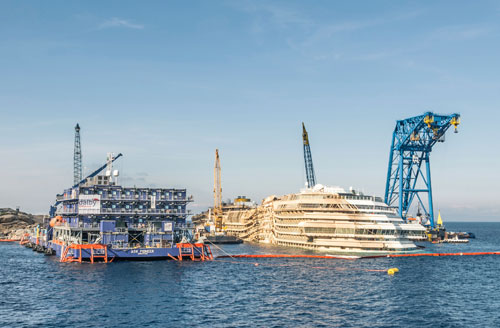 ASV Pioneer
ASV Pioneer  By using the Earth’s magnetic field, combined with new innovative technology, oil and gas drilling companies are increasing oilfield productivity while reducing development costs and environmental impacts.
By using the Earth’s magnetic field, combined with new innovative technology, oil and gas drilling companies are increasing oilfield productivity while reducing development costs and environmental impacts.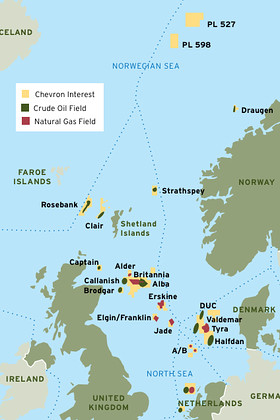 Chevron Corporation
Chevron Corporation
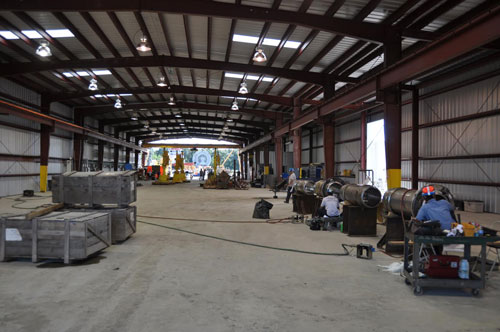 New Industries, Inc.
New Industries, Inc.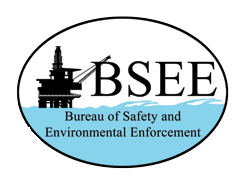 The Bureau of Safety and Environmental Enforcement (BSEE) have announced that it is soliciting proposals for oil spill response research projects and will be investing up to $7 million to support these projects in 2014. In a Broad Agency Announcement released on the federal governments business opportunities website, www.FedBizOpps.gov, the bureau called for white papers focusing specifically on one of 10 topic areas for proposed research covering oil spill response operations on the U.S. Outer Continental Shelf.
The Bureau of Safety and Environmental Enforcement (BSEE) have announced that it is soliciting proposals for oil spill response research projects and will be investing up to $7 million to support these projects in 2014. In a Broad Agency Announcement released on the federal governments business opportunities website, www.FedBizOpps.gov, the bureau called for white papers focusing specifically on one of 10 topic areas for proposed research covering oil spill response operations on the U.S. Outer Continental Shelf.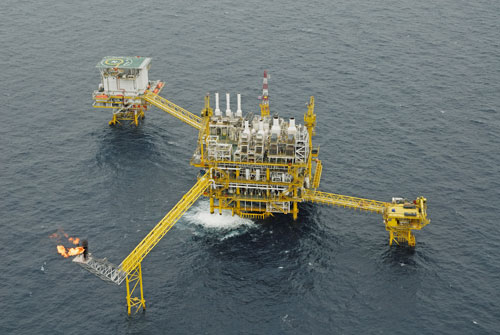 Prysmian Group,
Prysmian Group,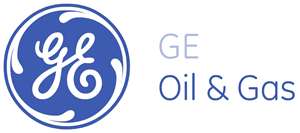
 Demonstrating how GE technology helps operators extend the life of aging offshore production equipment,
Demonstrating how GE technology helps operators extend the life of aging offshore production equipment,  ameron
ameron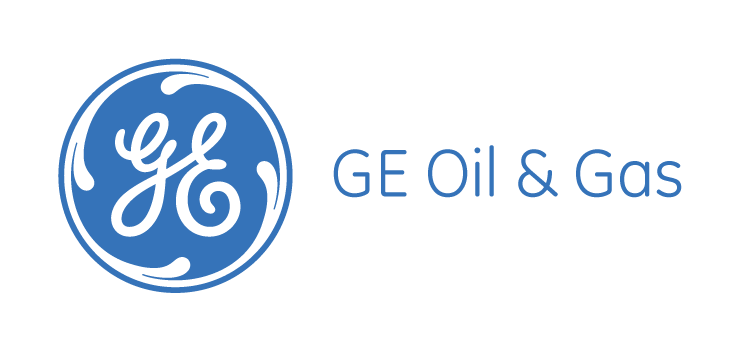 • GE's Site in Niteroi–Rio de Janeiro Increases Efficiency and Benefits Operations with NOC Petrobras
• GE's Site in Niteroi–Rio de Janeiro Increases Efficiency and Benefits Operations with NOC Petrobras Maersk Line,
Maersk Line, Subsea Riser Products (SRP)
Subsea Riser Products (SRP)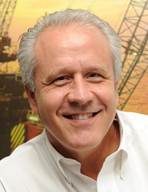 Wood Group Mustang
Wood Group Mustang A bill for what is arguably the most liberal energy reform in Mexico to date presents an opportunity for ending an inertia situation that has surrounded the region's oil and gas industry for longer than necessary; however, a number of clarifications are required in the secondary laws that are due to be drafted and negotiated later in 2014, says an analyst with research and consulting firm
A bill for what is arguably the most liberal energy reform in Mexico to date presents an opportunity for ending an inertia situation that has surrounded the region's oil and gas industry for longer than necessary; however, a number of clarifications are required in the secondary laws that are due to be drafted and negotiated later in 2014, says an analyst with research and consulting firm